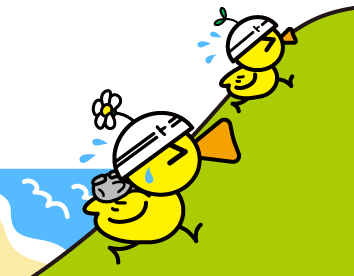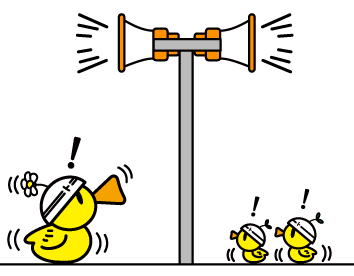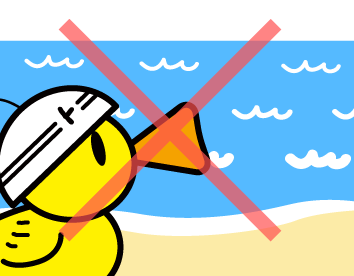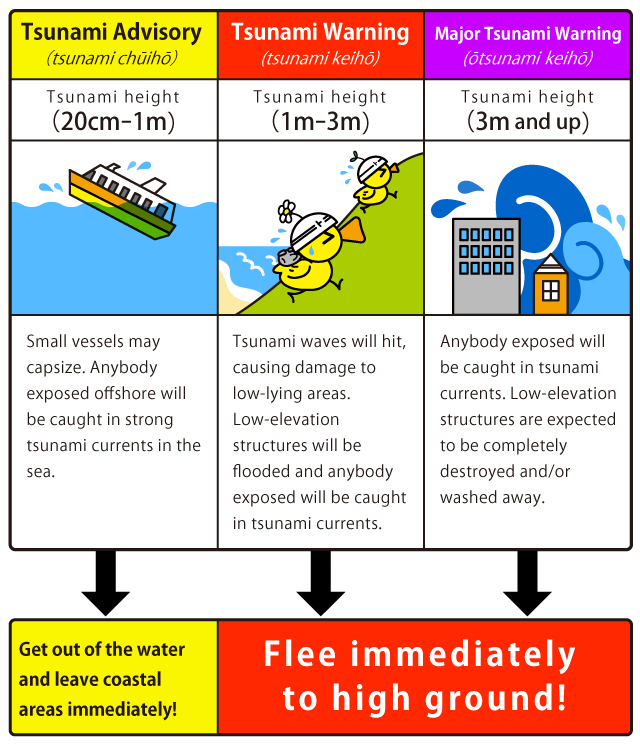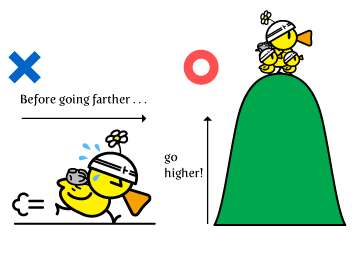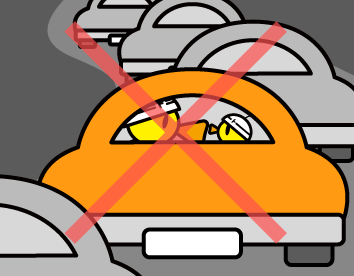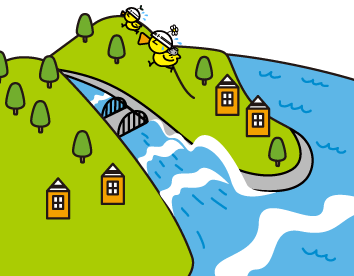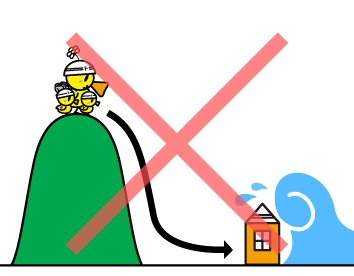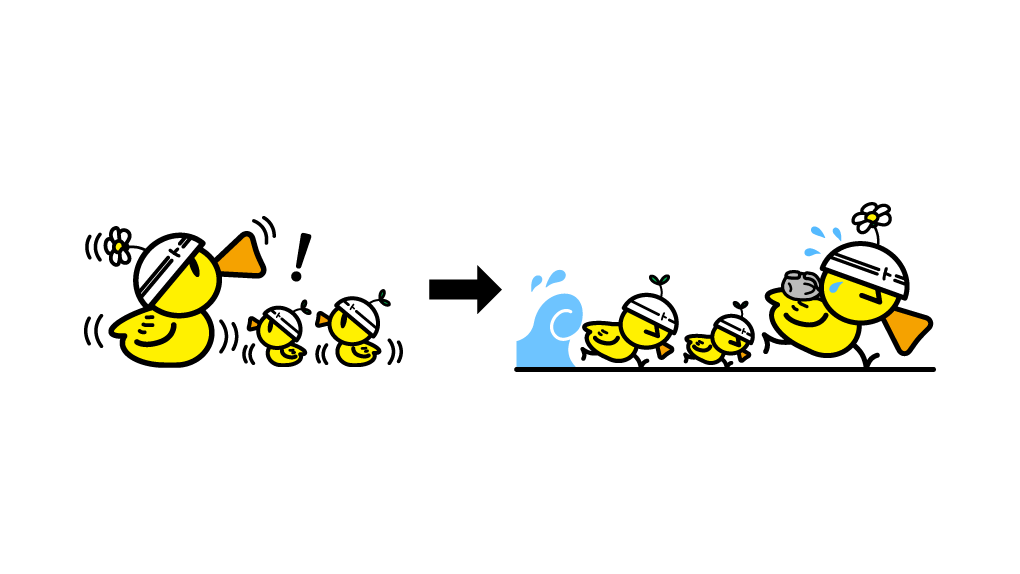
Defending Yourself When Disaster Strikes
Being Prepared for a Tsunami
Guideto Japan
Disaster- English
- 日本語
- 简体字
- 繁體字
- Français
- Español
- العربية
- Русский
When Do Tsunamis Occur?
1. An Earthquake Means a Tsunami
Don’t let your guard down when you feel an earthquake in Japan. Keep in mind that earthquakes, regardless of their power, can generate dangerous tsunamis. If you are near the coast and you feel the ground shake or see unusual wave activity, move to higher ground immediately. It may be too late if you wait for a warning.
2. Reacting to an Official Tsunami Warning
Even if you do not feel shaking, leave coastal areas immediately and evacuate to a safe place if a tsunami warning is issued.
3. Don’t Wait for the Water to Recede
Before a tsunami arrives, often the water will recede in something called the “drawback.” But this phenomenon isn’t always obvious. Do not wait around the shoreline until you can see the tsunami approaching.
Categories of Tsunami Warnings
In Japan there are three categories of tsunami warnings, indicating the tsunami height, expected damage, and action to be taken.
What To Do If a Tsunami Strikes
1. Higher, Not Farther
When a tsunami warning is issued, your first move should be to go to a higher place, rather than a place farther inland. When a tsunami reaches a height of more than 10 meters, even tsunami refuges—structures designated for use as temporary shelters—can be dangerous places to be. If you feel unsafe, try to reach an even higher elevation. Be aware that tsunami heights may exceed estimates, and that waves can be concentrated and reach much taller heights depending on the shape of the shoreline.
2. Do Not Use a Car
If you choose to flee by car, you may end up stuck in a traffic jam. There is also a high risk of being engulfed by the tsunami.
3. River Areas Are Also Threatened
In addition to coastal areas, river estuaries are potentially threatened by tsunami. The waves can travel up rivers and streams from the ocean. If you’re near a river when a warning arrives, move quickly to a safer place, such as elevated ground or a tsunami refuge.
4. Do Not Leave the Evacuation Site
A tsunami is not a single wave, but a series of waves, arriving from a few minutes to hours apart. Do not assume that after one wave the danger is over. Do not go back to the area until the tsunami warning is cancelled. Tsunami waves may hit repeatedly, in some cases, reaching greater heights.
It is important to be aware that Japan is prone to tsunamis and to prepare for the worst, but hope for the best. If you know how to react to tsunami warnings, you’ll be ready to protect yourself and the people around you.
(Prepared based on the “Tokusuru! Bosai” project promoted by the Japan Weather Association. All images courtesy JWA.)
